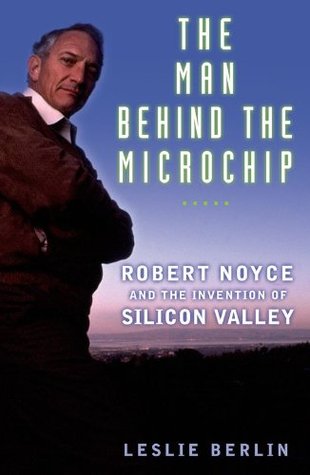More on this book
Community
Kindle Notes & Highlights
INTEL’S MICROPROCESSOR STORY opens in the spring of 1969,
At Intel, Noyce spoke of “hierarchy power” and “knowledge power” and firmly believed that when it came to technical decisions, the word of the person with the most knowledge ought to trump the opinion of the one with the higher title.
Noyce insisted that operating managers present to the board—both to keep the directors informed and to teach the operating staff how to field tough questions and make compelling arguments.
He thought that Hobart should use what Noyce called an “evergreen” program—one that he would implement at Intel—in which employees are given a new options grant every year in an effort to keep the staff loyal to the company.
Most potential customers at this point were large computer companies comfortable working with established suppliers like Texas Instruments, Motorola, or Fairchild. The plethora of little startups nipping at these big players’ heels did not impress executives accustomed to more mature suppliers.
Customers gave Intel a chance in part because they believed Noyce when he said that this little operation could perform.
When Noyce returned to California, he asked Hoff what Intel’s top priorities should be if a chance arose to re-negotiate the Busicom contract. Hoff was insistent: “If you can’t get any other concession, just get the right to sell to other people.”
As things stood now, engineers at computer companies designed every plank and nail equivalent used in their systems.60
Noyce made sure at some point to ask, in an offhanded way, why the customer did not just buy a computer and program it to do the task. The answer was always the same: I could do that, but it’s too expensive.
“Bob was just so straightforward and didn’t try to sweep things under the carpet. He’d say, ‘We know what the problem is. We’re fixing it. Here’s when we’ll get it fixed. We’re doing everything humanly possible to
meet your requirements—and yeah, we goofed up.’ You know, when you’re that honest and that straightforward, it’s hard [for the customer] to continue to be angry.”
But Noyce was not trying to sell 4004s or 8008s to General Motors. He was starting conversations that he expected would only bear fruit years later.
it would cost 25 percent more to operate the business with a union in house.
sellers. “I said to Noyce, ‘I’ll bet you can’t sleep at night knowing that [I am] in charge of the [EPROM], which is a third of your profit.’ He looked at me and he said, ‘Yes, I can; I can’t think of a better guy to run the thing.’ And that made me feel good. I said, ‘Yes, maybe he’s right.’”


